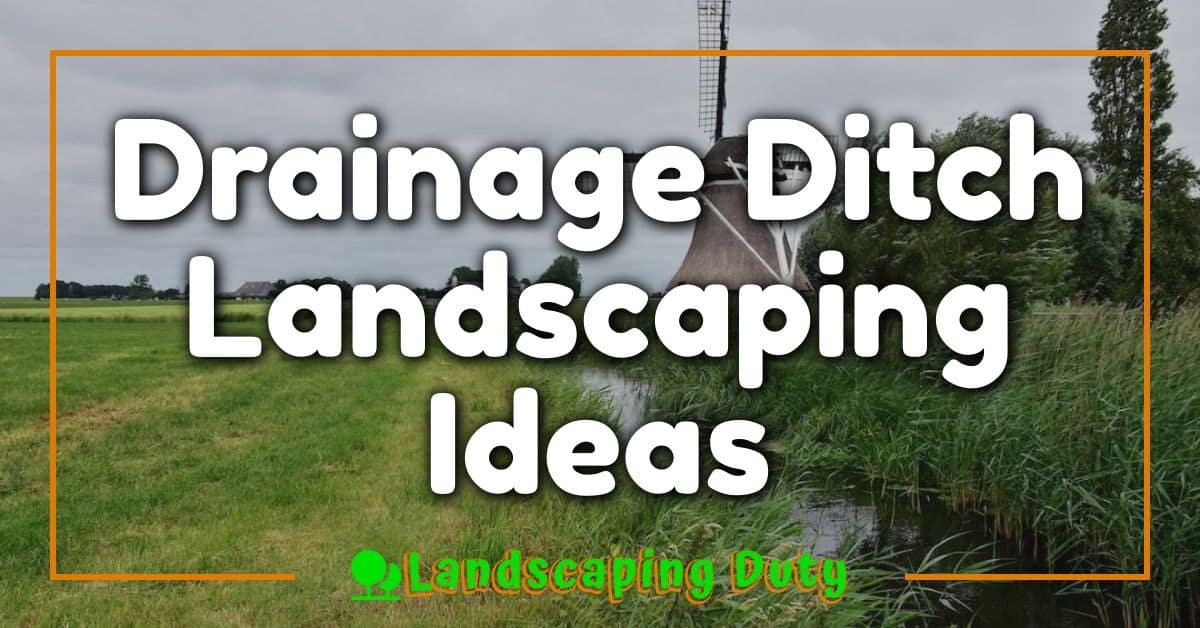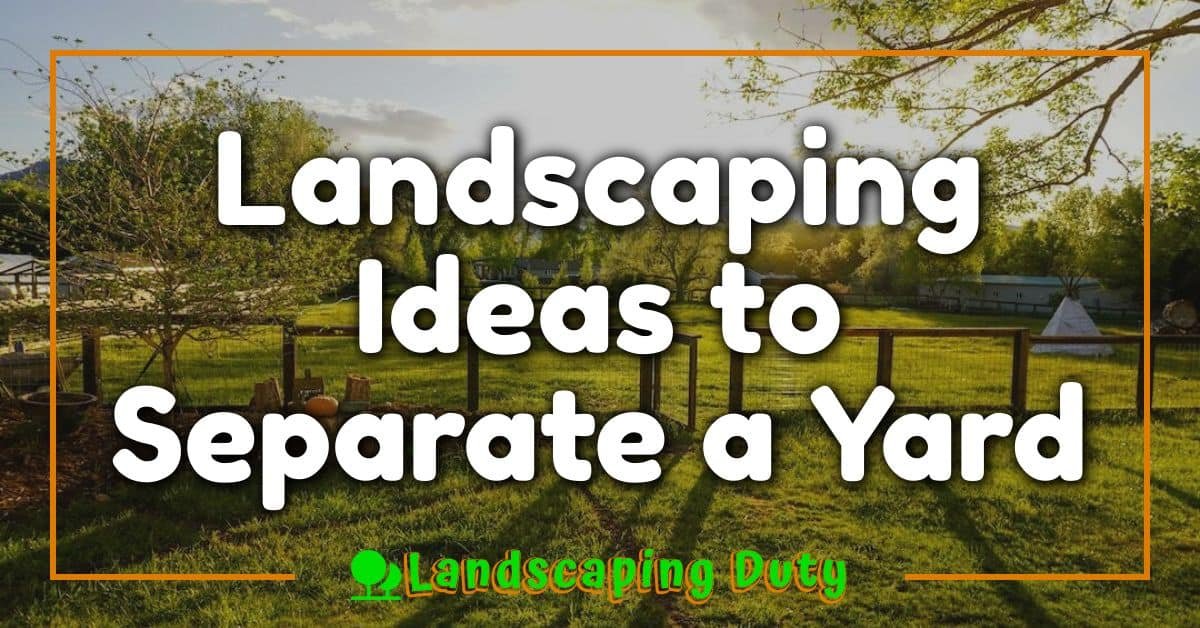There’s something magical about the vast, open beauty of a prairie landscape. The endless skies, golden grasses swaying in the breeze, and bursts of wildflowers create a scene that feels both calming and wild. Every time I find myself in such a setting, I’m struck by how effortlessly nature blends simplicity with grandeur.

I’ve always believed prairies hold a quiet charm that inspires creativity and reflection. Whether it’s the earthy color palette, the natural textures, or the sense of freedom they evoke, prairies offer endless design and lifestyle inspiration. It’s like stepping into a living canvas where every detail tells a story.
The Beauty Of Prairie Landscapes
Prairie landscapes captivate me with their expansive horizons and boundless skies. These open spaces feel alive, blending rolling grasses, wildflowers, and gently swaying plants to create a dynamic yet peaceful scene. Watching the natural interplay of light and shadow across the terrain introduces a sense of balance and harmony.
The colors of prairies showcase nature’s artistry. Golden yellows, earthy browns, soft greens, and vibrant wildflower hues come together seamlessly. In the changing light of sunrise or sunset, these tones shift into a palette that’s both warm and inviting.
Textures in prairie landscapes offer diverse inspiration. From the delicate movement of tall grasses to the sturdy forms of native shrubs, every element contributes to the sensory richness. Even the rich soil beneath feels integral to the scene, grounding the entire environment.
These landscapes evoke freedom and simplicity. Their wide, unobstructed views inspire a calm clarity, encouraging me to pause and reflect. Every detail, from buzzing insects to the calls of prairie birds, seems to carry a rhythm matching the land’s steady pace.
Key Elements Of Prairie Landscape Design
Prairie landscape design emphasizes natural beauty, simplicity, and harmony with the environment. It draws inspiration from the native plants, open spaces, and textures of the prairie.
Native Plants And Grasses
Native plants and grasses form the foundation of prairie landscapes. They include species like big bluestem, little bluestem, switchgrass, and prairie dropseed. These plants adapt well to local conditions, conserving water and requiring minimal maintenance. Wildflowers such as coneflowers, milkweed, and black-eyed Susans add seasonal color and attract pollinators like bees and butterflies. Grouping these native species creates vibrant, self-sustaining plant communities.
Open Spaces And Flowing Lines
Prairie designs prioritize open spaces with organic, flowing lines that reflect the natural rhythm of the land. Wide grass meadows and soft, undulating lines mimic the expansive horizons of the prairie. Paths curve gently to guide movement, creating a sense of exploration. These open spaces allow the eye to roam freely, evoking a feeling of calm and continuity.
Use Of Natural Materials
Using natural materials strengthens the connection to the environment. Stone, wood, and gravel work well for pathways, seating, and borders. Weathered wood fences and boulders act as subtle accents, blending seamlessly into the setting. Materials like reclaimed timber or locally sourced stone enhance sustainability while maintaining authenticity.
Benefits Of Prairie-Inspired Landscaping
Prairie-inspired landscaping offers numerous advantages, blending ecological, practical, and visual benefits. Its design draws from nature, creating sustainable and enriching environments.
Environmental Advantages
This landscaping style supports biodiversity by incorporating native plants like switchgrass and prairie clover, which attract pollinators such as bees and butterflies. By reducing turf grass and favoring drought-tolerant species, water consumption decreases significantly. The deep roots of prairie plants improve soil health, enhance erosion control, and sequester carbon, contributing to a healthier ecosystem.
Low Maintenance Requirements
Prairie landscaping requires less upkeep than conventional lawns, as native plants adapt to local climates and soils. They thrive without chemical fertilizers or frequent watering, reducing both costs and environmental impact. Seasonal trimming and occasional weeding are enough to maintain their natural beauty, making them an ideal choice for busy homeowners.
Aesthetic Appeal
The design combines flowing grasses, vibrant blooms, and dynamic textures to create visually stunning spaces. Colors shift with the seasons, from spring greens to autumnal golds and reds, ensuring year-round interest. Soft, undulating lines mimic natural growth patterns, evoking a sense of tranquility. Using organic elements like weathered wood or stone enhances its timeless, grounded feel.
How To Incorporate Prairie Landscape Inspiration Into Your Space
Incorporating prairie landscape inspiration transforms any space into a serene, nature-connected haven. I focus on design, plant selection, and sustainability to create a balanced and functional prairie-inspired area.
Designing For Large And Small Areas
Design choices adapt to any space size when working with prairie influences. For large areas, I emphasize open spaces with sweeping grasses like big bluestem or little bluestem, adding depth and movement. I intersperse native shrubs like serviceberry for structure and scatter wildflowers such as black-eyed Susans for pops of color. For smaller spaces, I focus on compact plants like prairie dropseed and coneflowers. I use curved pathways with stepping stones or gravel to bring a sense of flow, even in limited areas.
Choosing The Right Plants And Structures
Selecting native plants ensures adaptability and aesthetic appeal. I choose species like purple prairie clover, butterfly weed, and gray-headed coneflowers to attract pollinators and maintain visual interest throughout the year. Tall grasses balance softer blooms and enhance the prairie-inspired aesthetic. Structures like wooden pergolas or stone benches blend seamlessly while giving functional value. I avoid overly formal designs, prioritizing natural materials for authenticity.
Creating A Sustainable Ecosystem
Establishing a sustainable ecosystem ensures long-term success. I use drought-tolerant plants with deep roots, reducing water needs and improving soil health. Layering species like milkweed or golden alexanders fosters biodiversity and supports local wildlife. To manage runoff, I create rain gardens with native plants near lower areas. Avoiding synthetic fertilizers completes the eco-friendly approach, keeping the design aligned with prairie principles.
Examples Of Stunning Prairie Landscape Designs
Prairie landscape designs celebrate the natural beauty of open spaces, seamlessly blending native elements into intentional, harmonious layouts. Below, I’ve provided examples showcasing how these principles thrive in both residential and public settings.
« Transform Your Garden with Decorative Stones for Stunning Design and Easy Maintenance French Garden Inspiration for Romance: Design a Timeless Escape Full of Love and Elegance »
Residential Projects
In residential spaces, prairie-inspired designs create serene oases that blur the barrier between homes and nature. I love how homeowners use sweeping grasses like little bluestem and prairie dropseed to fill yards with movement and texture. Compact, native wildflowers such as black-eyed Susans and butterflyweed add seasonal color and support pollinators.
Paths of natural stone or gravel often wind through these landscapes, fostering an immersive sense of exploration in even small yards. For larger residences, incorporating layered planting schemes with tall grasses, shrubs like sumac, and strategically placed shade trees mimics the prairie’s depth while maintaining privacy. Rain gardens further enhance sustainability by addressing stormwater runoff.
Public And Commercial Spaces
Prairie designs in public and commercial spaces balance functionality with ecological impact. Large parks and open plazas frequently feature flowing fields of switchgrass, coneflowers, and big bluestem, creating habitats for birds and pollinators while offering a striking visual impact. Seating areas and trails nestled within naturalistic plantings invite visitors to connect with the landscape.
In urban settings, rooftop gardens adopt prairie principles by using drought-tolerant grasses and sturdy wildflowers for reduced water consumption and efficient insulation. Meanwhile, corporate campuses and institutions utilize prairie-inspired layouts with native plantings and permeable materials to mitigate heat islands and improve air quality. These sustainable designs foster both community and environmental benefits.
Conclusion
Prairie landscapes have a way of grounding us while sparking creativity and connection. Their natural beauty, sustainability, and timeless appeal offer so much inspiration for both design and daily life. Whether you’re drawn to their simplicity, their ecological benefits, or their calming presence, prairies remind us of the magic in nature’s balance.
By embracing prairie-inspired elements, we can create spaces that not only look beautiful but also feel harmonious and alive. There’s something truly special about bringing a touch of that vast, peaceful landscape into our own environments.
















